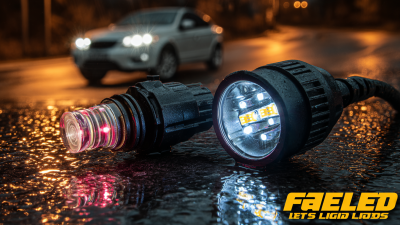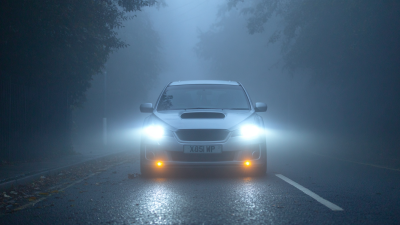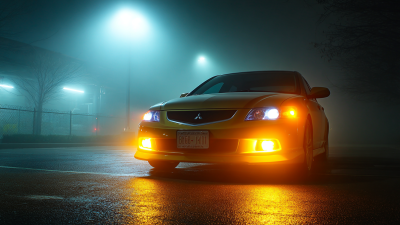As the automotive industry continues to evolve, the demand for LED lights car lights has surged, with the global market anticipated to reach $25 billion by 2025, growing at a CAGR of over 12% from 2020 to 2025, according to a recent report by MarketsandMarkets. This dramatic increase can be attributed to the advantages that LED technology offers, such as superior energy efficiency, longer lifespan, and enhanced visibility compared to traditional lighting solutions. As global buyers seek to capitalize on this trend, understanding the essential strategies for sourcing LED car lights has become vital. With a plethora of suppliers worldwide and the constantly changing landscape of automotive lighting regulations, navigating this market can be daunting. This ultimate guide aims to equip buyers with the best tips and insights for sourcing LED car lights effectively, ensuring they make informed decisions that enhance product quality and business success.
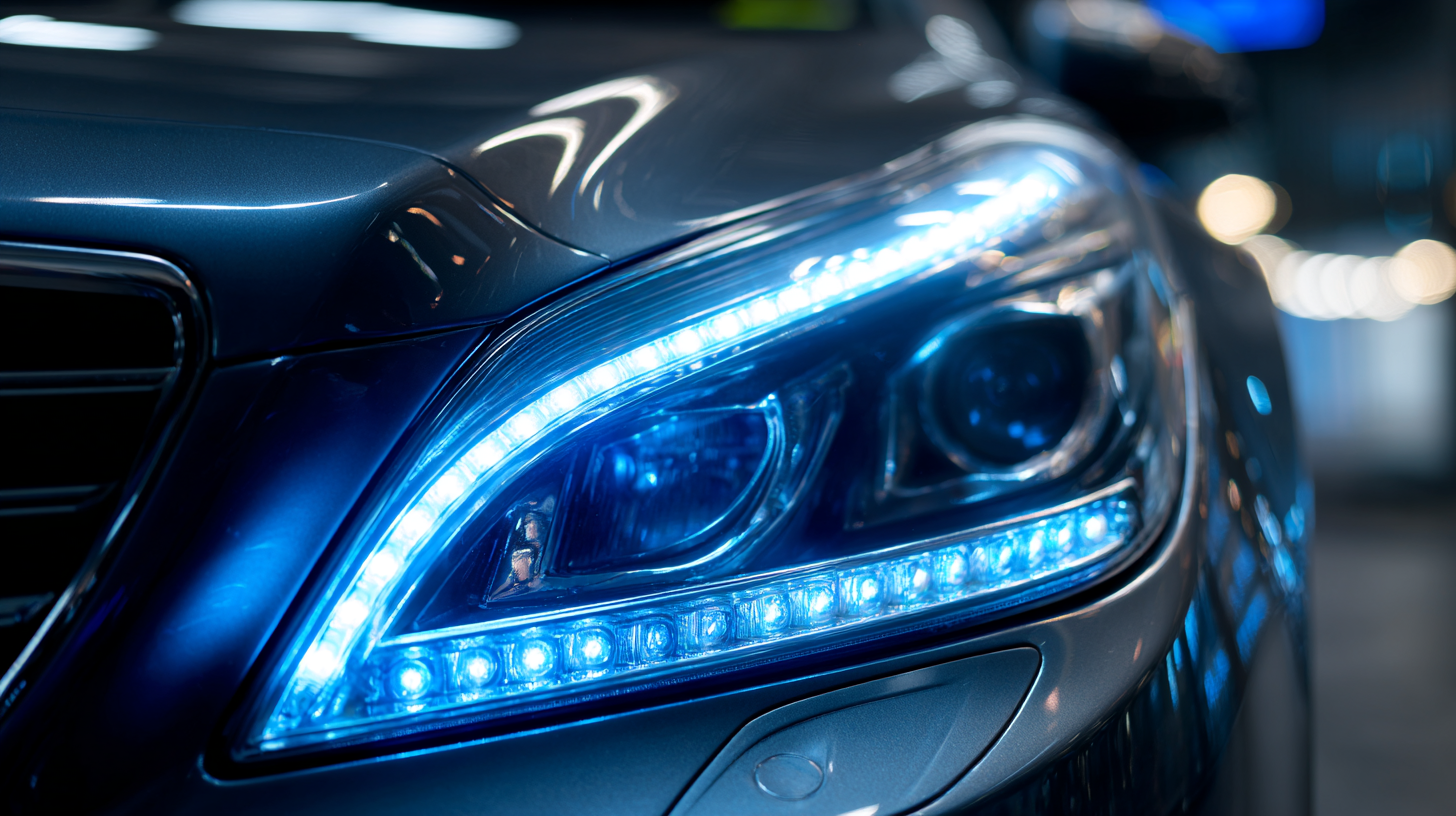
LED car lights have become a crucial element in modern automotive design, owing to their energy efficiency and longevity. According to a report by MarketsandMarkets, the global automotive LED lighting market is projected to grow from $14.9 billion in 2020 to $29.5 billion by 2026, indicating a compound annual growth rate (CAGR) of 12.3%. This surge is primarily driven by the increasing focus on vehicle safety and the rising demand for advanced lighting technologies.
Understanding the different types of LED car lights is essential for buyers aiming to optimize their purchases. The main categories include headlights, taillights, turn signals, and interior lights, each serving a unique function. For example, adaptive headlights can automatically adjust to road conditions, enhancing visibility and safety. Additionally, the color temperature of LEDs, measured in Kelvin, plays a significant role in their utility; research shows that lights with a temperature around 5000K provide optimal visibility compared to traditional halogen lights, which typically emit a warmer yellowish hue. This knowledge can empower buyers to make informed decisions when sourcing LED car lights, ensuring they choose products that not only enhance aesthetic appeal but also contribute to overall vehicular safety.
When sourcing LED car lights, identifying reliable suppliers is a critical factor that global buyers must prioritize. Established studies indicate that trust is paramount in B2B transactions, particularly in cross-border trade where the stakes can be high. According to recent research, over 70% of businesses cite supplier reliability as a key criterion for long-term partnerships. As buyers navigate vast marketplaces, focusing on specific criteria such as supplier verification and industry reputation can significantly mitigate risks.
Buyers should also leverage technology in their sourcing process. The shift towards AI and advanced analytics is not limited to manufacturing sectors but is increasingly relevant in wholesale transactions. Reports suggest that AI can streamline supplier verification processes and enhance transparency in transactions. For instance, companies utilizing data-driven approaches have reported up to a 30% reduction in sourcing costs and improved operational efficiency. By embracing these technologies, buyers can ensure they are working with suppliers who not only meet quality standards but also align with the evolving trends in the automotive lighting industry. Engaging with verified suppliers equipped with advanced tools provides a competitive edge in today’s dynamic market landscape.
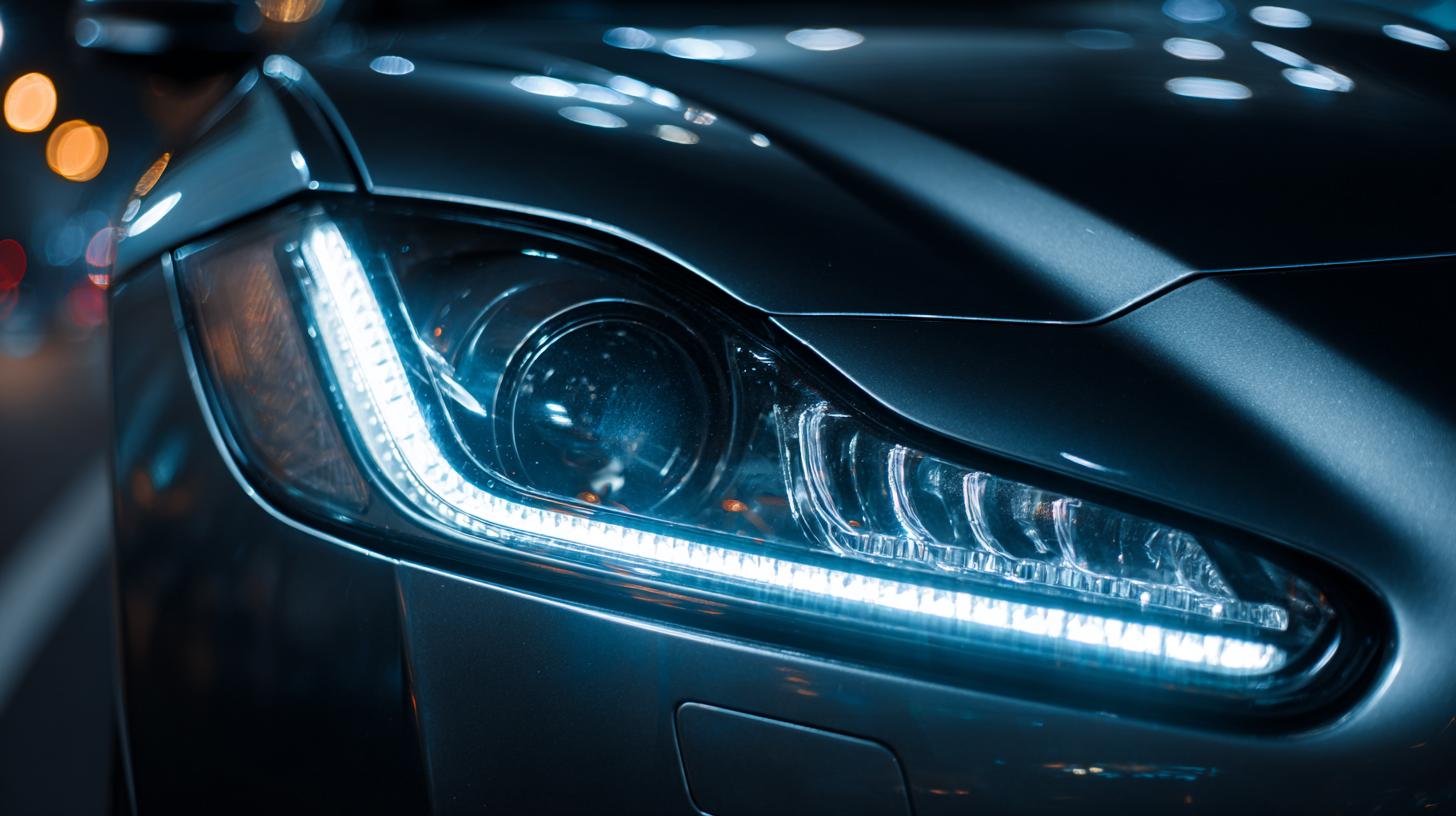
When sourcing LED car lights, evaluating quality and compliance standards is crucial to ensure safety and performance. According to a report by MarketsandMarkets, the global automotive LED lighting market is projected to reach $24.5 billion by 2025, growing at a CAGR of 9.5% from 2020. This growth underscores the importance of sourcing lights that not only meet consumer demand but also comply with stringent regulatory requirements.
Compliance with standards such as the International Organization for Standardization (ISO) and the European Community’s ECE regulations is essential. These standards ensure that LED car lights possess the desired luminous efficacy, longevity, and color temperature. Additionally, it is vital to assess certifications like the Institute of Electrical and Electronics Engineers (IEEE) and Underwriters Laboratories (UL), which further validate the quality of the product. By prioritizing suppliers who adhere to these compliance benchmarks, global buyers can mitigate risks associated with product failures and enhance the overall safety of their vehicles.
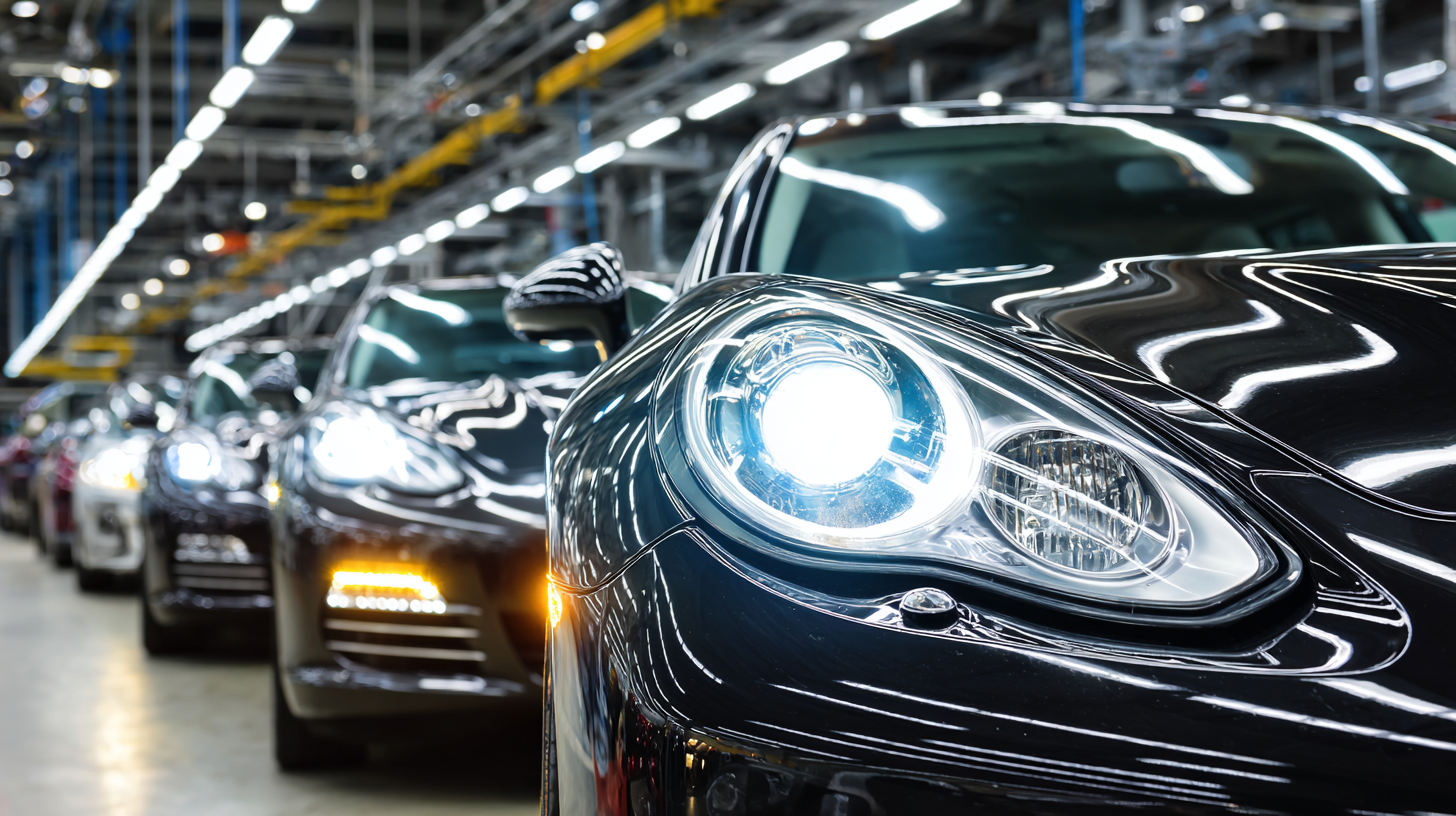
Negotiating with manufacturers for LED car lights can significantly impact your bottom line. Here are some effective communication tips to help you secure the best prices. Firstly, always do your homework before entering negotiations. Research the typical price range for LED car lights, their quality, and competitors. This knowledge provides a strong foundation for your negotiation stance, ensuring you are prepared to counter any inflated offers.
Secondly, consider leveraging the current global trade landscape. With ongoing negotiations between various countries and manufacturers, you can use this to your advantage. If manufacturers anticipate potential changes in tariffs or trade laws, they might be more willing to negotiate lower prices to secure deals before any uncertainties arise. Communication is key—clearly articulate your needs and objectives while being open to feedback, creating a conducive atmosphere for productive negotiation.
Finally, be willing to walk away if the terms are not favorable. By showing that you have alternatives, manufacturers may be more inclined to offer better deals. Remember, successful negotiations are about finding a win-win solution, so maintain a collaborative spirit throughout the process.
When sourcing LED car lights, staying updated on the latest trends in LED technology is crucial for global buyers. One significant trend is the shift towards energy efficiency and high luminosity. Modern LED lights consume less power while providing brighter illumination, which not only enhances visibility but also reduces the strain on a car's electrical system. Buyers should prioritize products that offer superior lumens-per-watt ratios, ensuring they invest in solutions that deliver both performance and sustainability.
Another important aspect to consider is the integration of smart technology into LED car lights. Many manufacturers are now incorporating features such as adaptive lighting, which adjusts the beam patterns based on driving conditions, and connectivity options that allow for customization via mobile apps. Buyers should seek out suppliers who embrace these innovations, as they can enhance the overall driving experience and cater to the growing consumer demand for smart features. Understanding these trends will enable buyers to make informed purchasing decisions that align with current market expectations.
| Feature | Description | Importance | Current Trends |
|---|---|---|---|
| Brightness | Measured in lumens, determines visibility | High | Focus on higher lumen outputs for better safety |
| Energy Efficiency | Power consumption relative to light output | Medium | Growing preference for low-energy solutions |
| Color Temperature | Measured in Kelvin, affects color perception | High | Increasing trend toward cooler shades for aesthetics |
| Lifespan | Duration LEDs can operate effectively | High | Emphasis on longer lifespan for reduced maintenance |
| Heat Management | Disposal of heat produced during operation | Medium | Enhanced designs to improve cooling efficiency |
| Durability | Resistance to weather and physical impact | High | Trend towards higher durability in designs |

